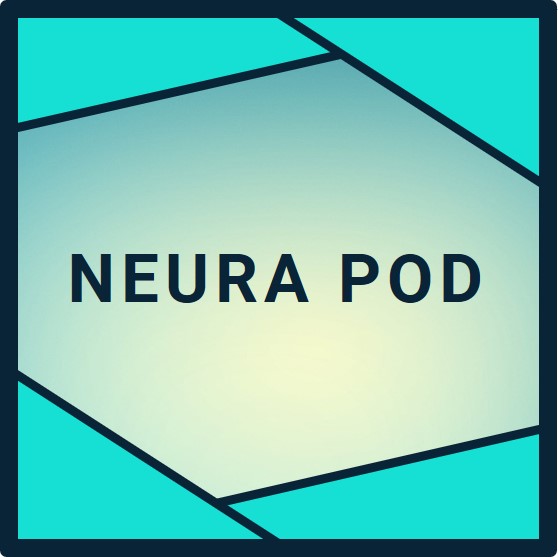- Neuralink targets memory loss with future implants accessing the hippocampus for direct recall enhancement, paving the way for cloud-backed storage expansion.
- High-bandwidth neural recording enables cloud upload of brain activity patterns, allowing unlimited offsite storage and instant retrieval via AI decoding.
- Elon Musk's roadmap positions Neuralink for AI symbiosis by 2028, where cloud resources augment human memory beyond biological capacity.
Detailed Response
Neuralink Foundations for Memory Expansion
Neuralink's N1 brain implant currently records from 1,024 electrodes in the motor cortex, enabling quadriplegia patients to control devices through thoughts alone. This high-resolution neural interface forms the base for broader cognitive applications, including memory. By capturing brain signals at speeds up to 9 bits per second, Neuralink demonstrates the ability to encode and decode complex intentions.
Elon Musk has explicitly listed memory loss among Neuralink's targets, alongside paralysis and blindness. Patients in the PRIME Study across the US, Canada, UK, and UAE already log thousands of hours, proving long-term signal stability. These recordings provide a dataset for training AI models to interpret memory-related patterns in areas like the hippocampus, where episodic memories form.
Early demonstrations show patients recalling and executing multi-step tasks via thought, hinting at recall augmentation. Elon Musk's focus on scaling electrode counts positions Neuralink to read deeper brain structures, essential for storage expansion.
How Cloud Integration Enables Brain Storage Growth
Cloud storage for brain data works by continuously recording neural firing patterns during experiences, then compressing and uploading them via the implant's wireless link. Neuralink's custom chips handle on-device processing, sending encrypted packets to secure servers. AI, such as advanced Grok models, decodes these into searchable formats, like video-like memory replays.
Technical possibilities include hybrid storage: biological for quick access, cloud for archival depth. A user could query "recall Paris trip 2024" via thought, pulling petabytes of offloaded data. Bandwidth upgrades to 40 bits per second by 2025 support this, with terabit-scale cloud infrastructure managing exabytes per user.
Neuralink's DataRepo platform already handles complex neural datasets, adaptable for personal cloud vaults. Elon Musk envisions seamless symbiosis, where AI fills memory gaps proactively, expanding effective storage from gigabytes to infinite scales.
Neuralink Roadmap to Cloud-Augmented Memory
Neuralink's product evolution outlines clear steps toward memory capabilities. In 2025, speech cortex implants enable thought-to-voice, building decoding expertise. By 2026, electrode counts triple to 3,000, supporting first Blindsight vision restoration and initial memory pilots.
2027 brings 10,000 channels and multiple implants, targeting hippocampus for precise recall. Dual implants, teased for early adopters like Noland Arbaugh, allow parallel motor and memory access. By 2028, 25,000 channels per device enable full-brain coverage, including psychiatric treatments and AI innovation.
Cloud ties in via over-the-air updates, integrating with xAI for real-time augmentation. Elon Musk projects 20,000 annual implants by 2031, with consumer versions by 2030 featuring memory save functions akin to photos. Registry members at neuralink.com/trials gain priority.
Technical Challenges and Solutions Ahead
Key hurdles include signal fidelity over years, addressed by adaptive threads reducing retraction to under 5 percent. Heat management stays below 1 degree Celsius rise via efficient chips. Decoding memory requires vast datasets, solved by PRIME's 15,000 hours and expanding trials.
Cloud latency drops to sub-50 milliseconds with edge computing, matching brain speeds. Security uses end-to-end encryption and quantum-resistant keys, with zero breaches to date. Elon Musk's vertical integration, from R1 robot to app, ensures scalable solutions.
Regulatory paths leverage FDA Breakthrough Designation, fast-tracking memory trials post-2026 vision successes. Global sites like Barrow Neurological Institute validate across demographics.
TL;DR
Neuralink unlocks brain storage expansion via cloud by 2028, recording neural patterns for infinite offsite recall and AI boosts. Elon Musk's roadmap triples channels yearly, targeting hippocampus amid 14 thriving implants today. From motor control to memory symbiosis, this positions humans for boundless cognition, with consumer access by 2030. Join neuralink.com/trials to lead the frontier.

